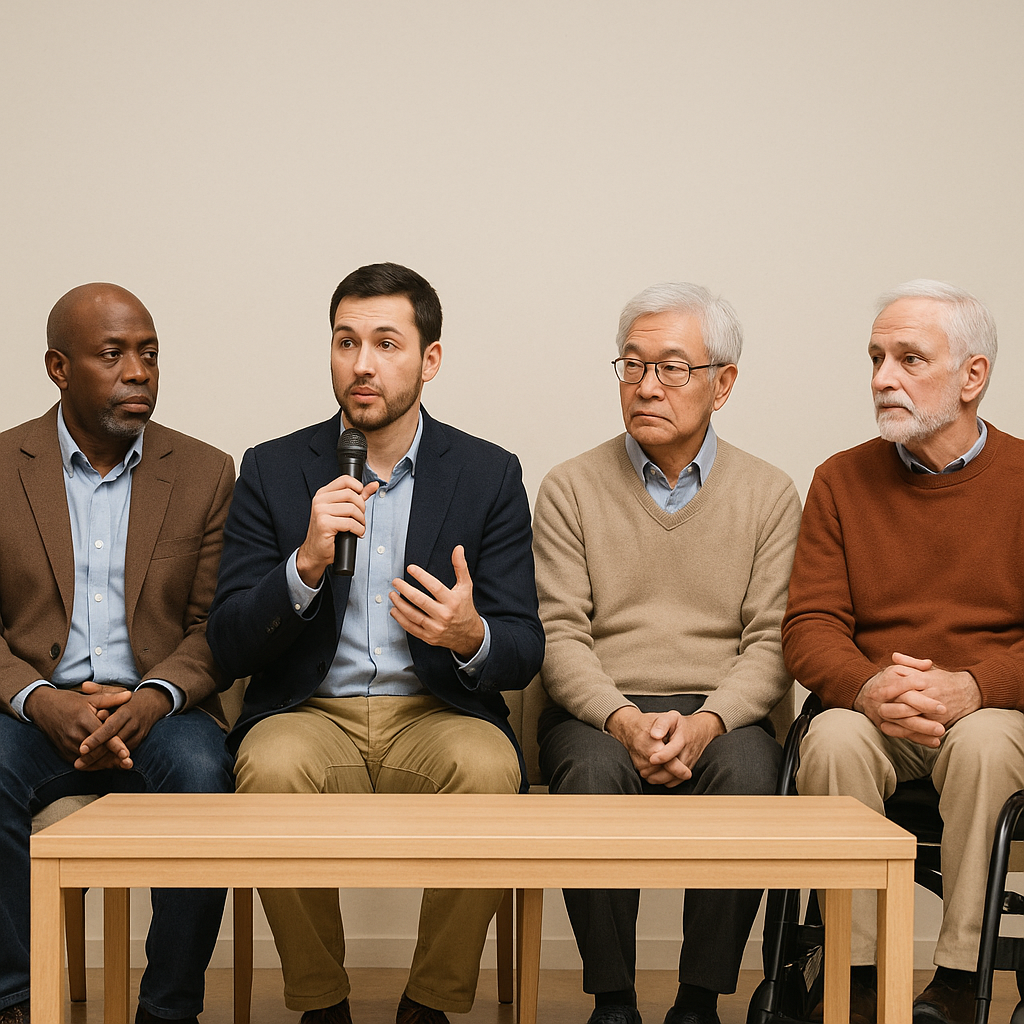Art therapy can help survivors of childhood sexual abuse (CSA) express what words might not be able to. It’s about letting go of judgment and perfectionism, embracing the process, and creating simply for the joy of it. Expressive Art Therapy isn’t about making art for others, it’s about making art for yourself, to better understand yourself. And yes, that can feel vulnerable as it might stir up old emotions or unlock new ones. Expressive Art Therapy can also reconnect us with our inner child, bringing moments of pure joy.
The expressive arts honour our deep longing to be seen, heard, felt and understood. We can use all the arts (visual art, voice, writing/poetry, dance/movement, drama and somatic) therapeutically to express ourselves in creative ways.
Maybe art doesn’t feel intuitive to you, or maybe you don’t think of yourself as an artist. That’s okay. Let’s explore some creative activities that you can begin to explore at your own pace.
Activity 1- Nature-based expression to move with grief or other emotions:
Recall something from your life you would like to make peace with. You don’t need to be completely ready to make peace, you just need to be willing. Notice your willingness even if you are only a little willing and set your intention to begin this creative process to help you process, heal, let go and transform whatever it is that you are choosing to dedicate this practice to.
On your walk, remember your intention. Look for flowers, grasses, leaves and especially things that nature is naturally letting go of. You may notice there are things you are drawn towards. Bring a small bag to collect anything that catches your eye. If you are taking small branches or flowers, remember to ask the plant for permission. Asking for permission recognizes that we live in reciprocity with nature. Once you have collected enough materials from nature (this can happen over a few days or weeks) you can set aside a day to start working with the materials you have gathered.
Spread your gathered items on a piece of cloth, table, or floor and start to see how the materials want to be assembled. Feel free to use things from your home such as ribbons, colorful paper, and string to assemble the materials. You can assemble and work with the material in any way that allows you to be with and express the emotions you have been working with. Some people create a grief bundle or a bouquet. You can use paper or a canvas to glue the materials or make a 3-D structure. Something completely unique may want to emerge. Stay with the process and be with what you are experiencing. You can play music, light a candle, have a warm cup of tea or cacao and make this a healing ritual for yourself. You can come back to work on this over many days or you can create something in just one afternoon. Once your creation feels complete, you can be with it. Look at it and give voice to it. What would it say if it could speak to you? You can dance or move with it. You can keep this creation as long as you want, or you can return it to the earth or burn it in a fire. It is totally up to you. Notice and journal your process.

